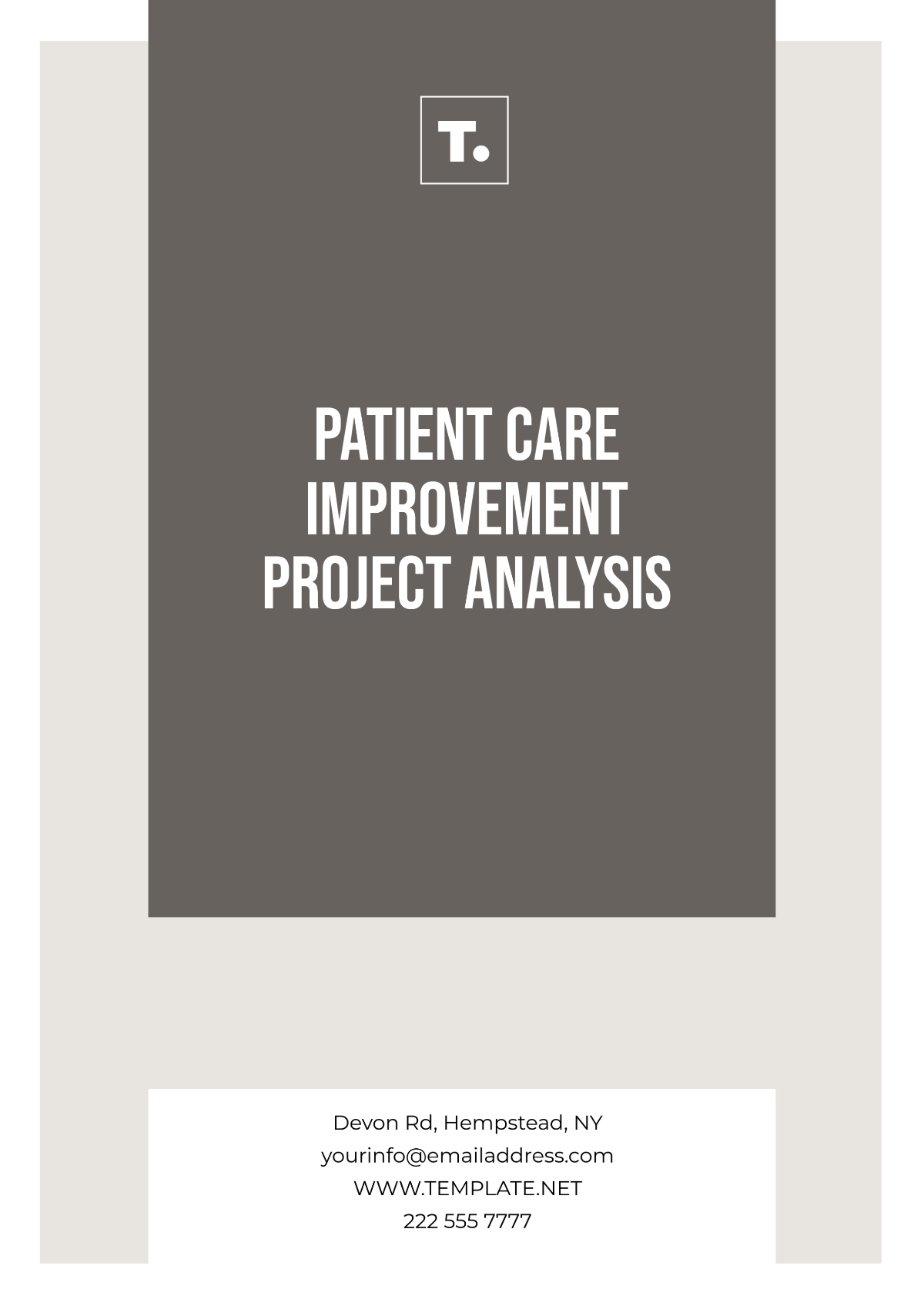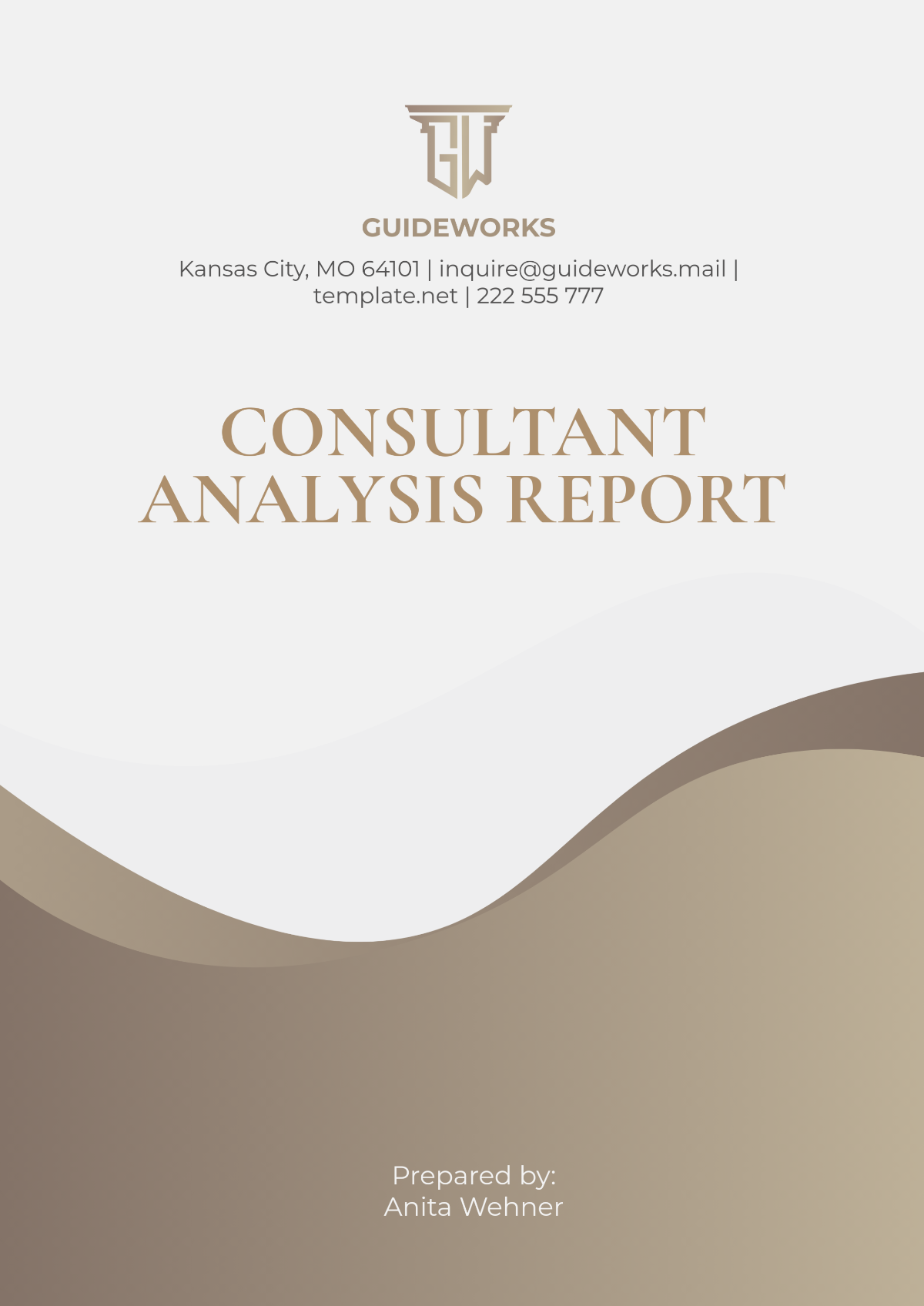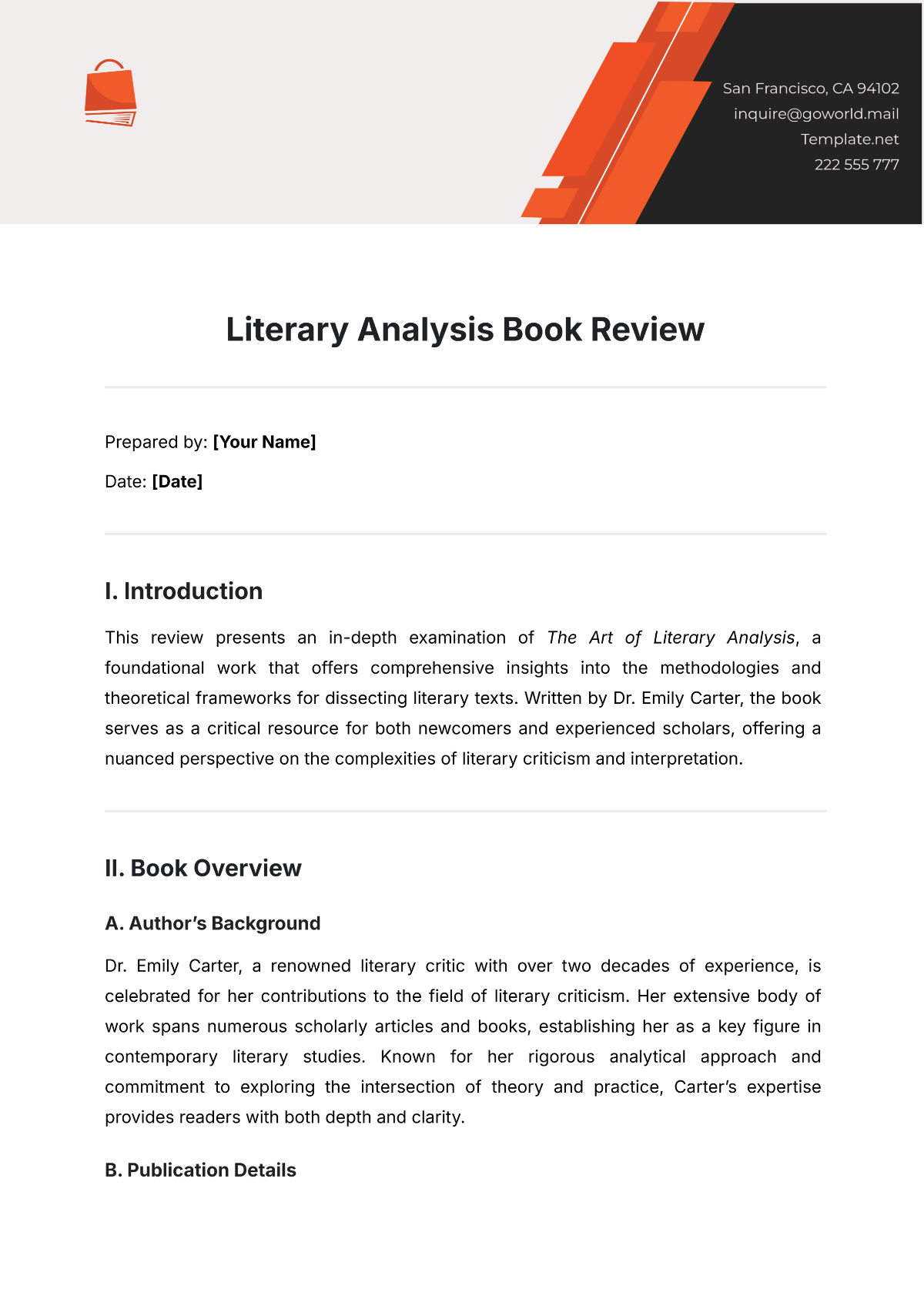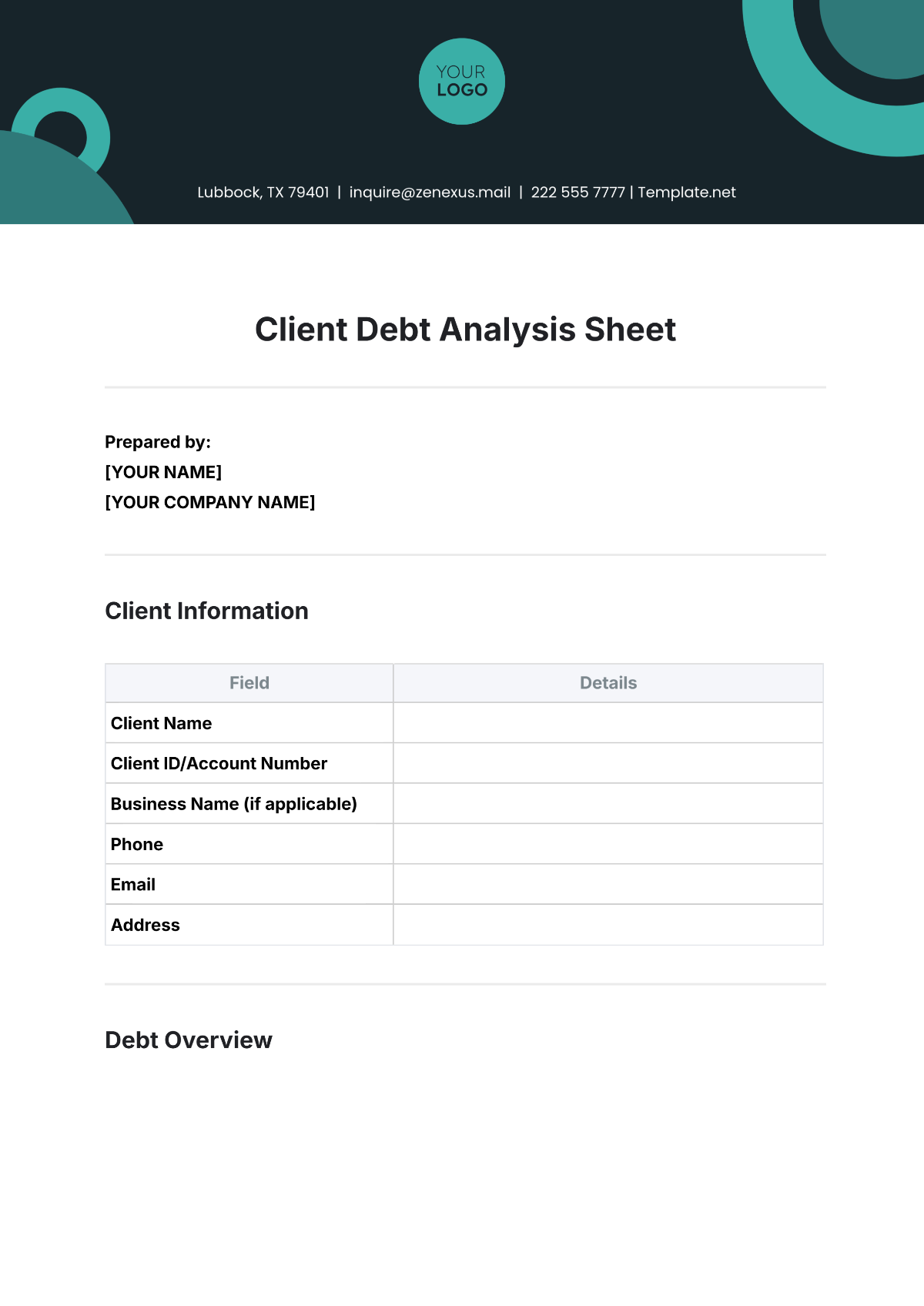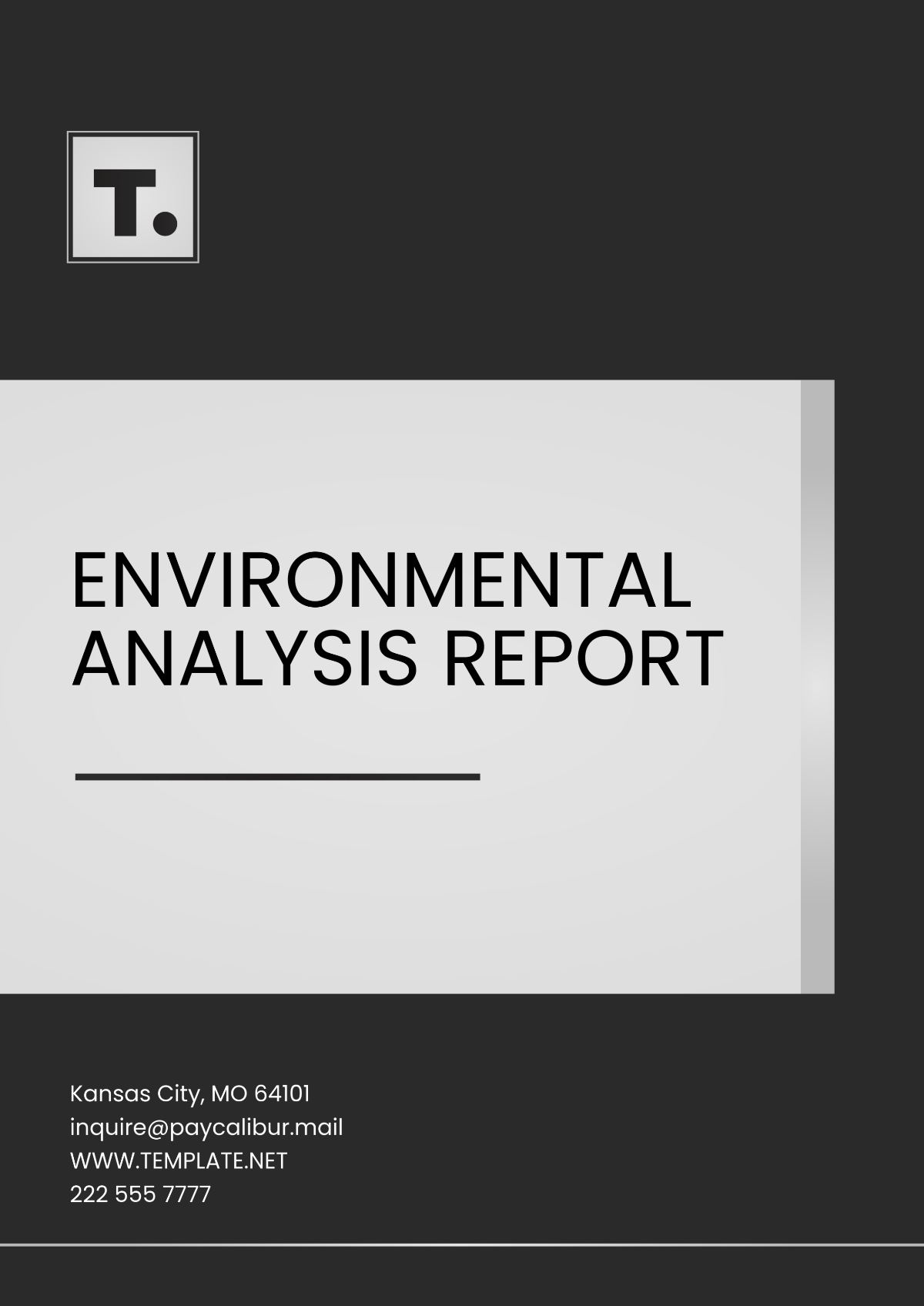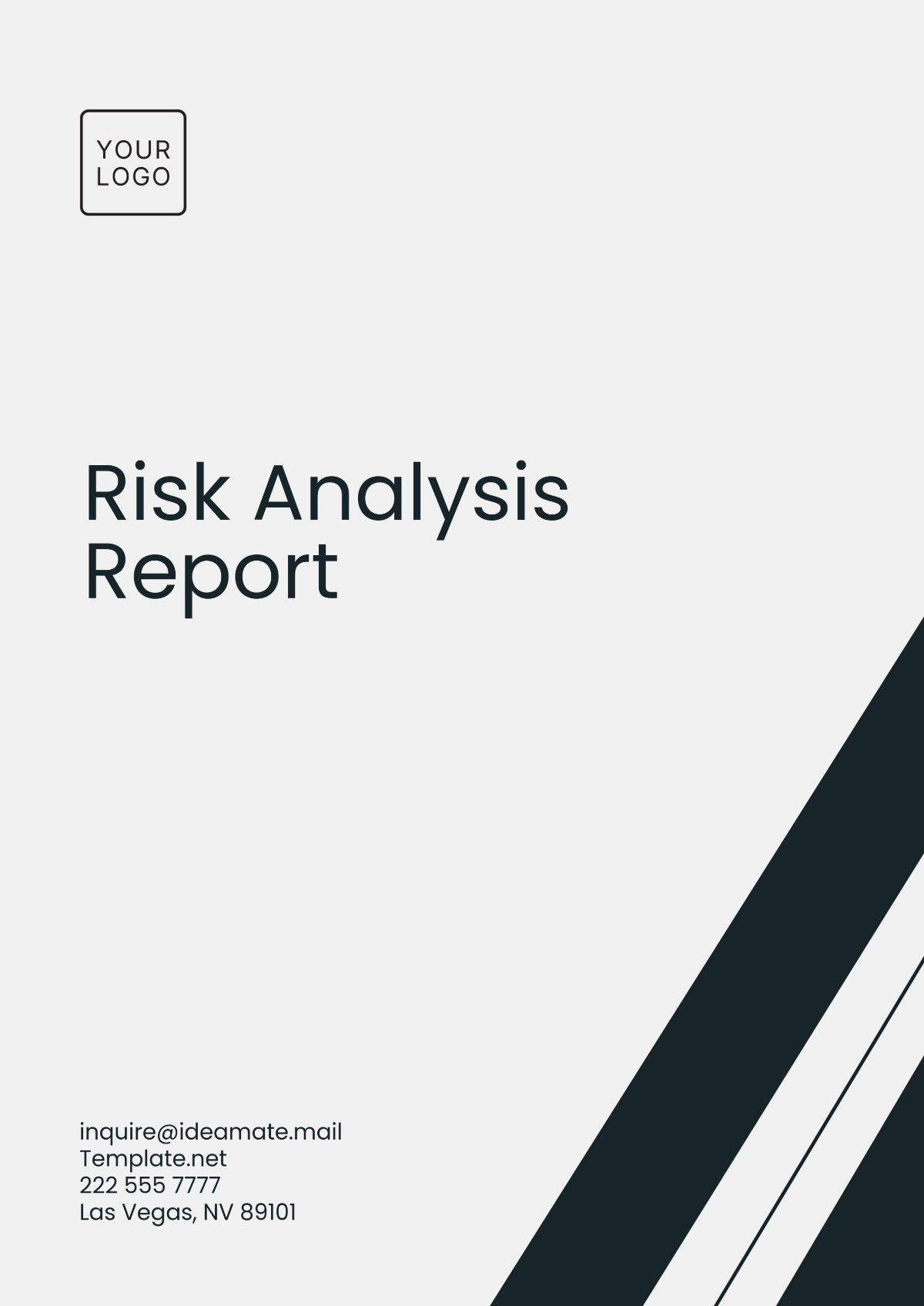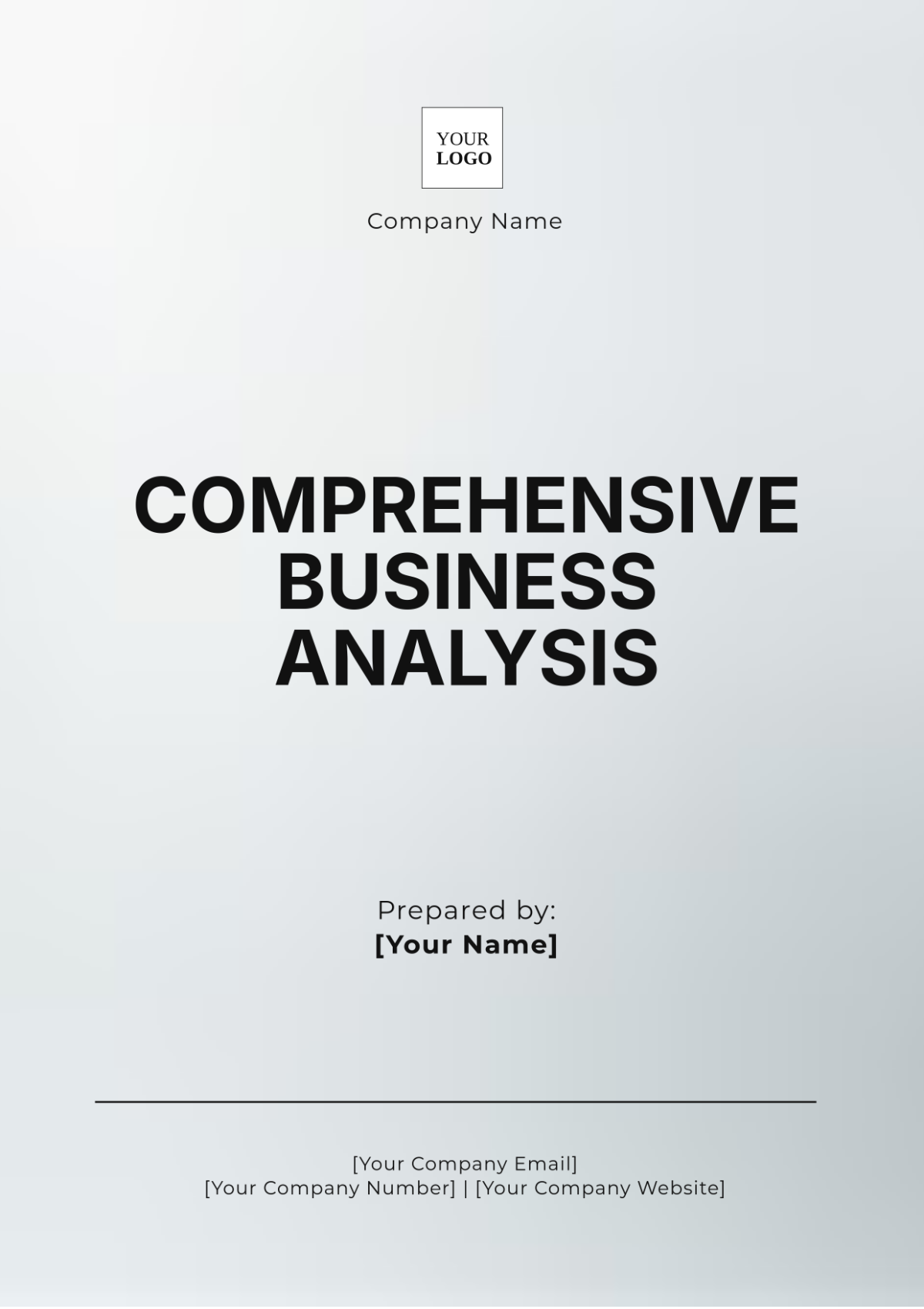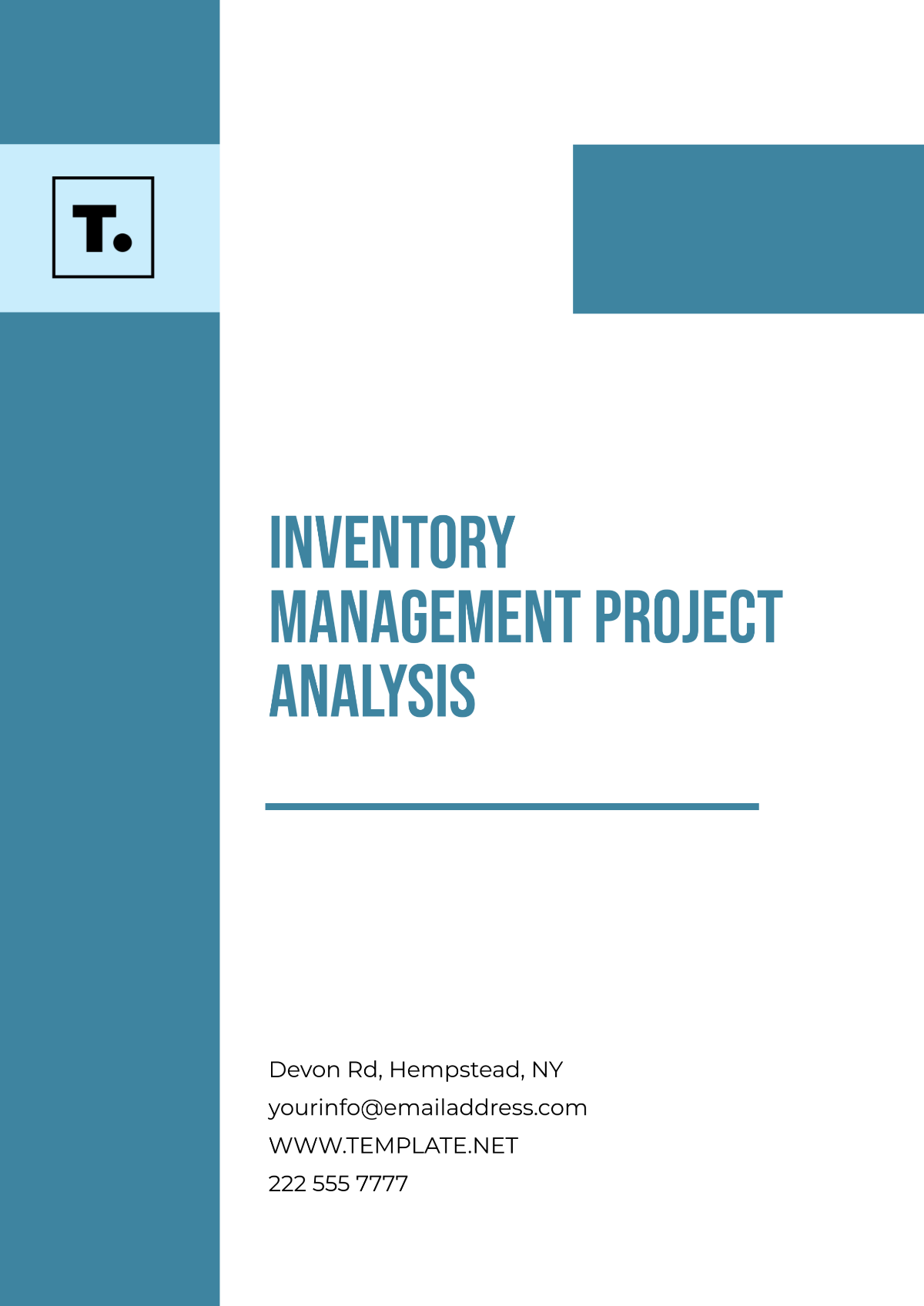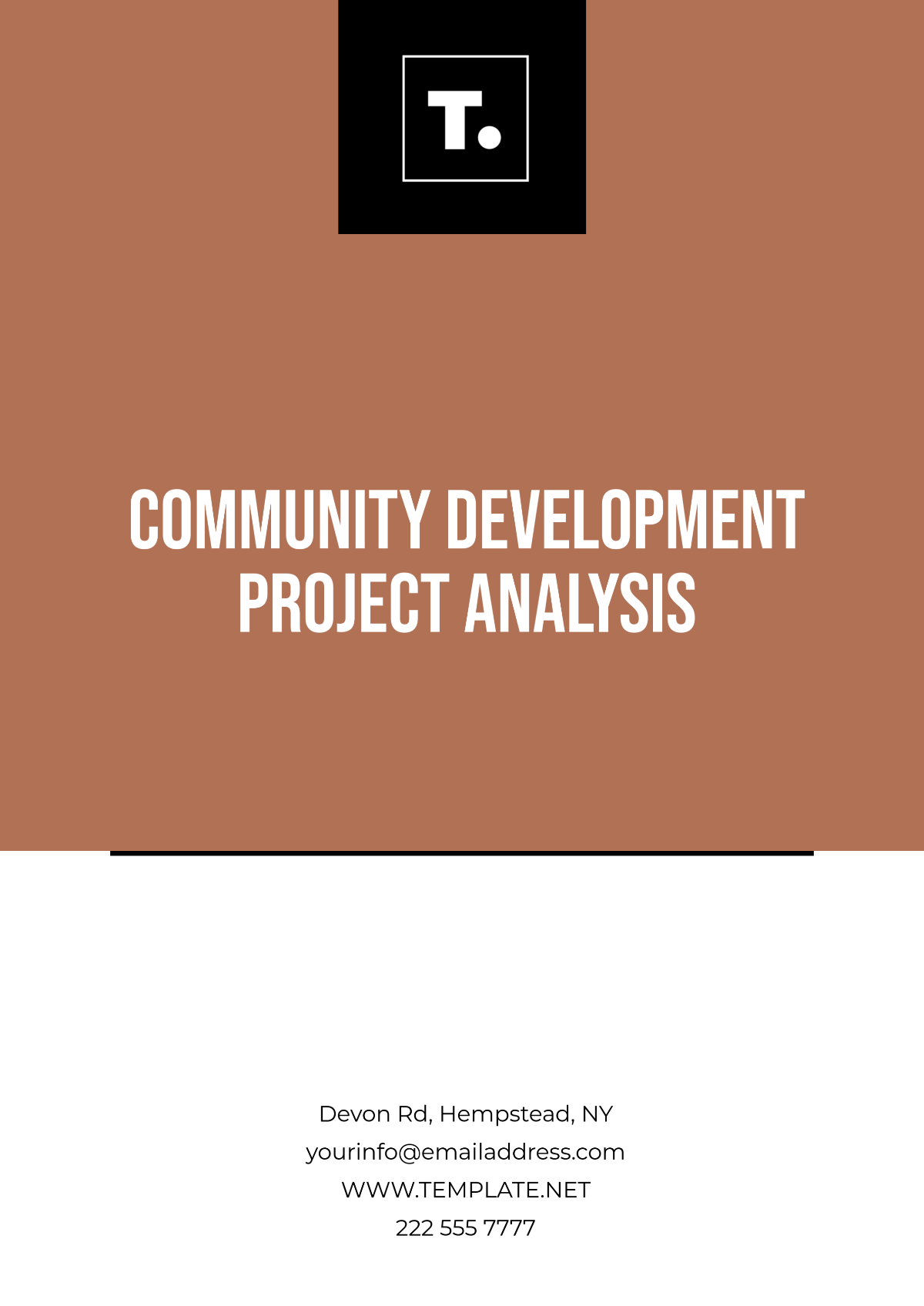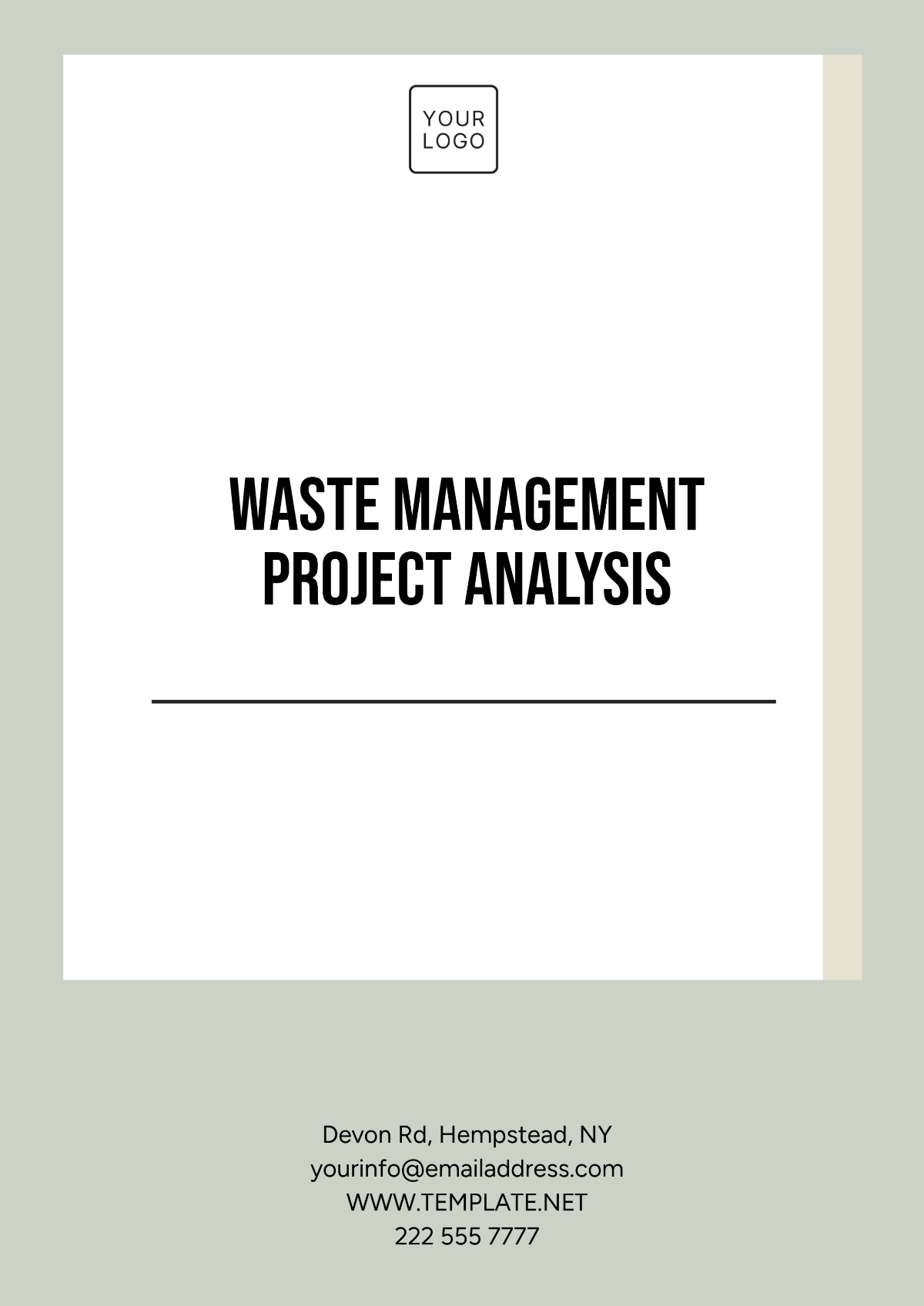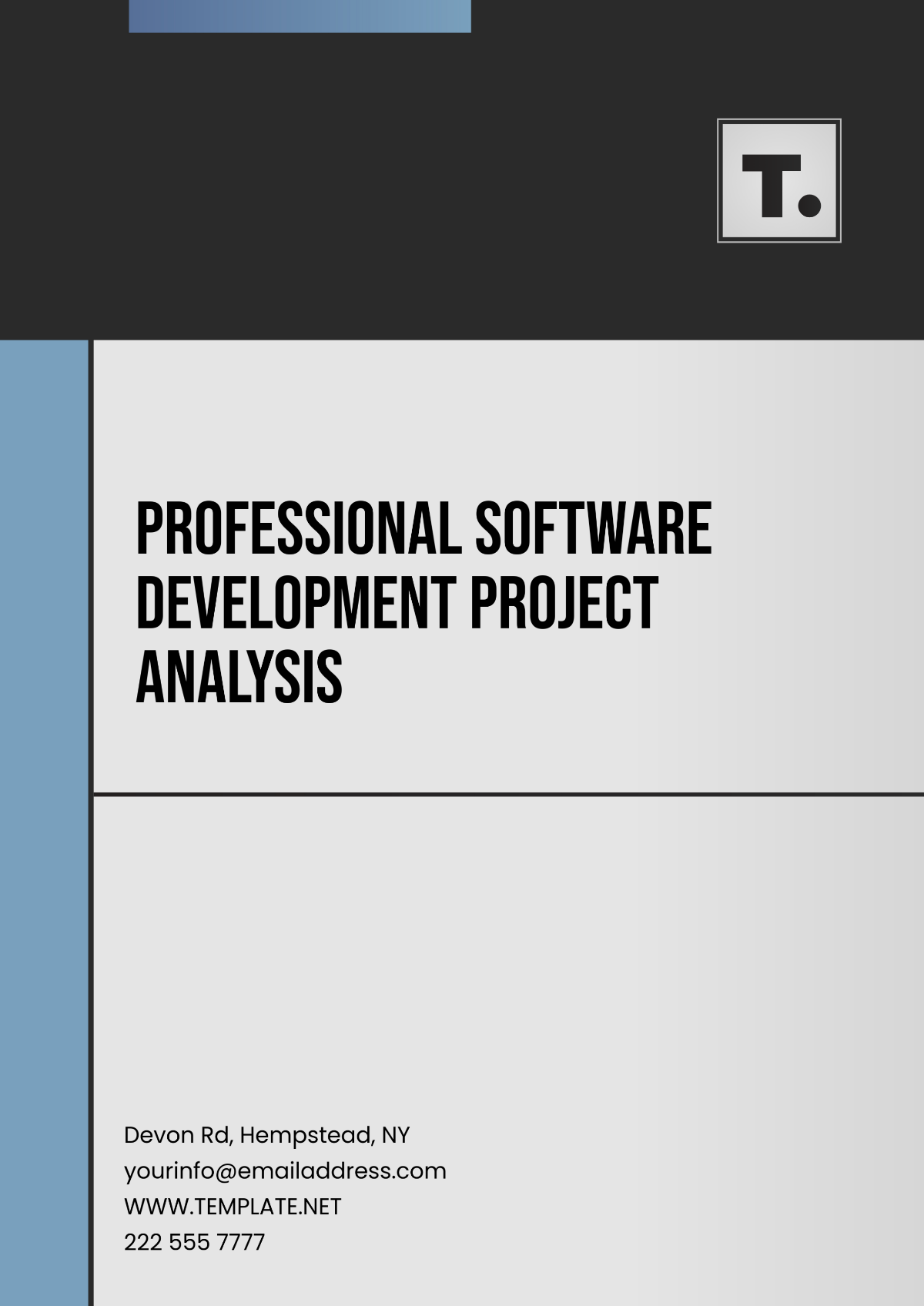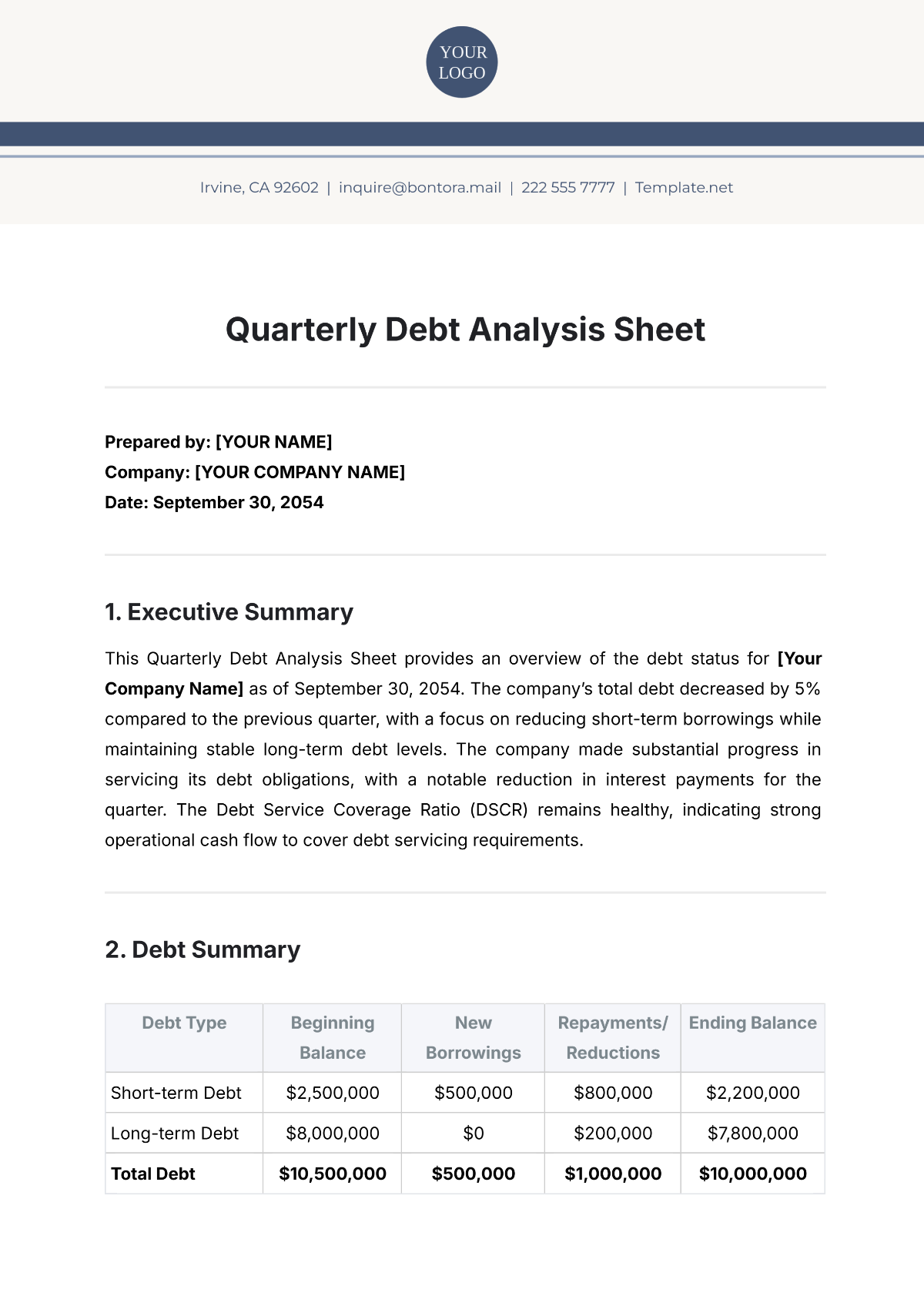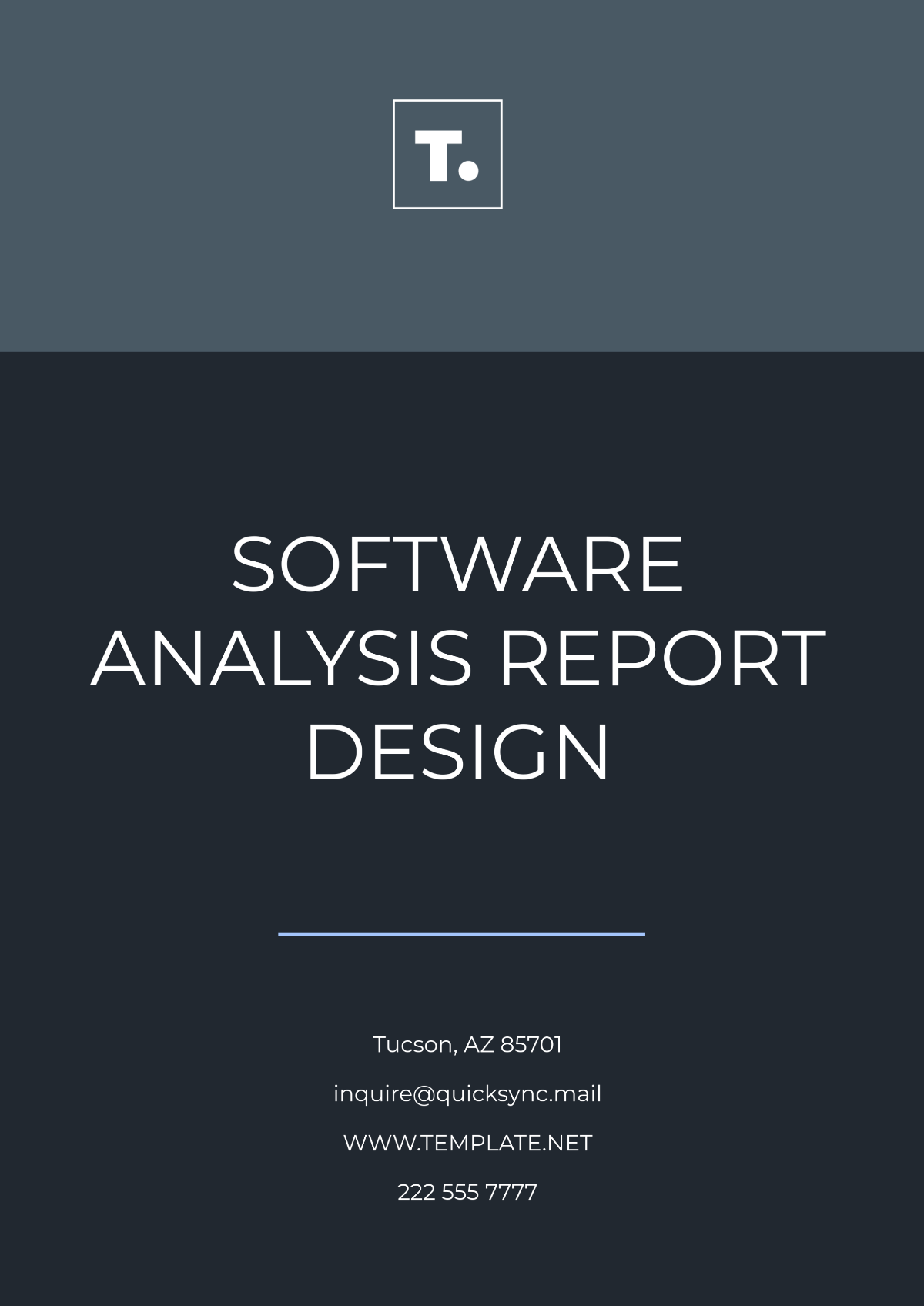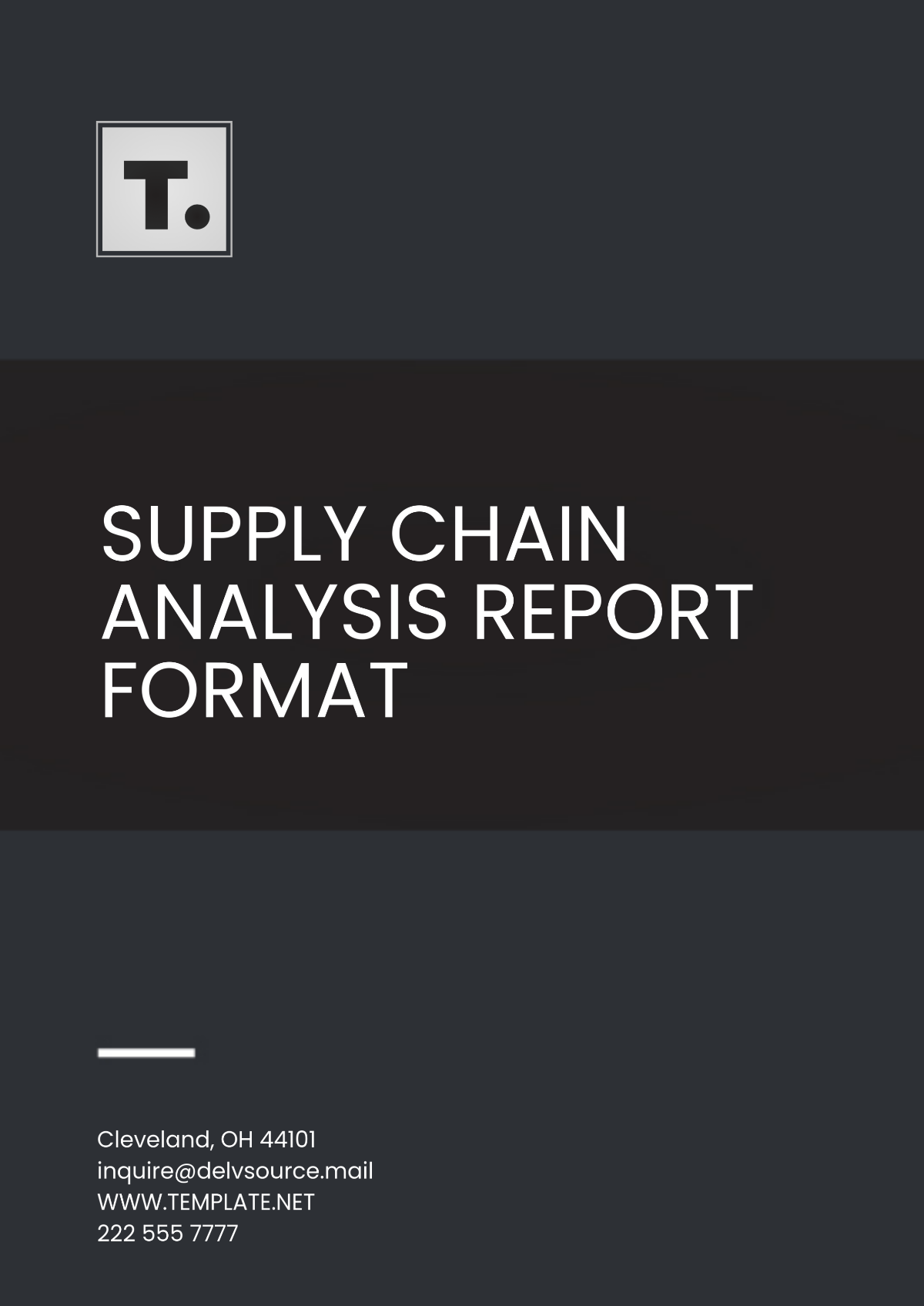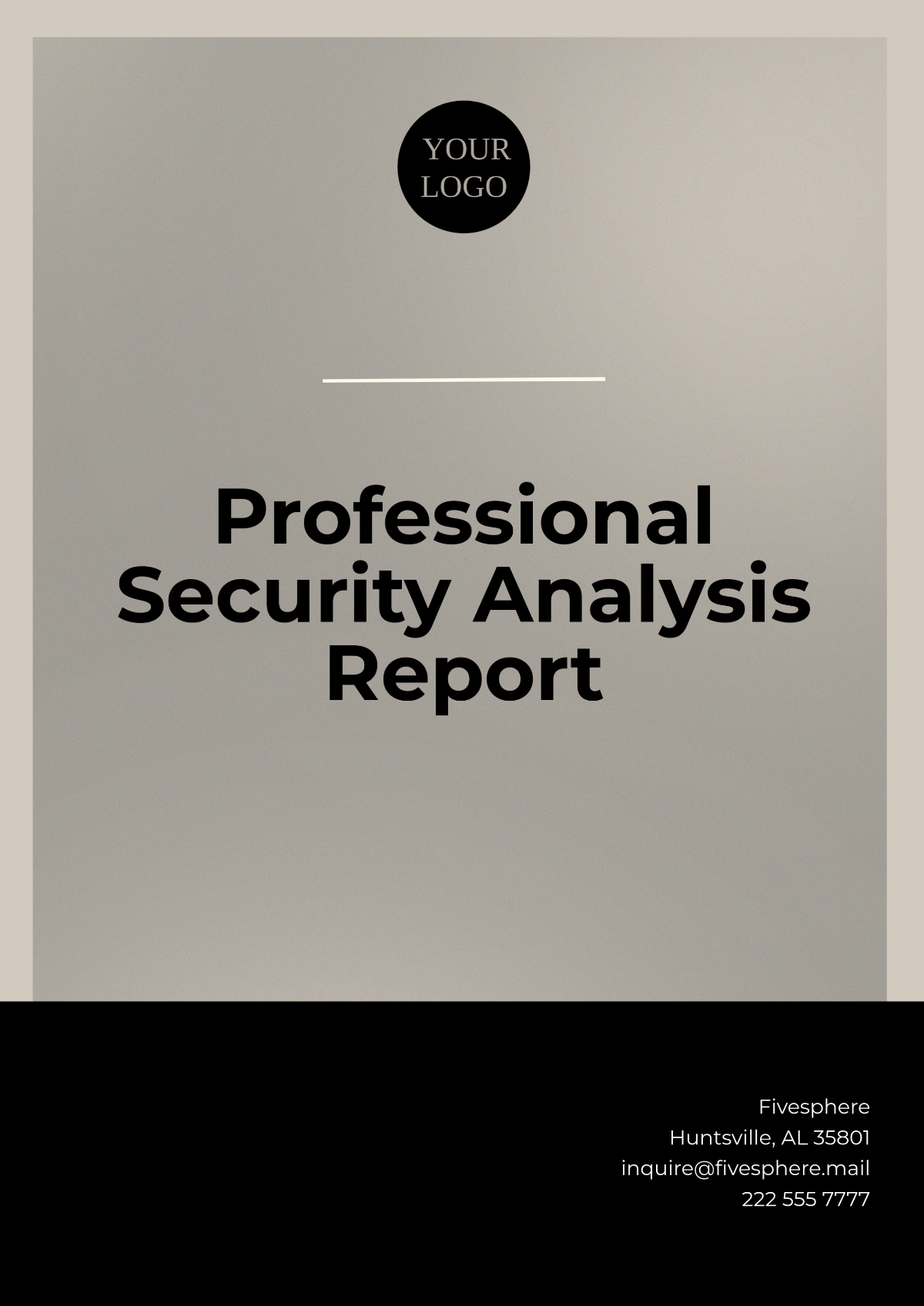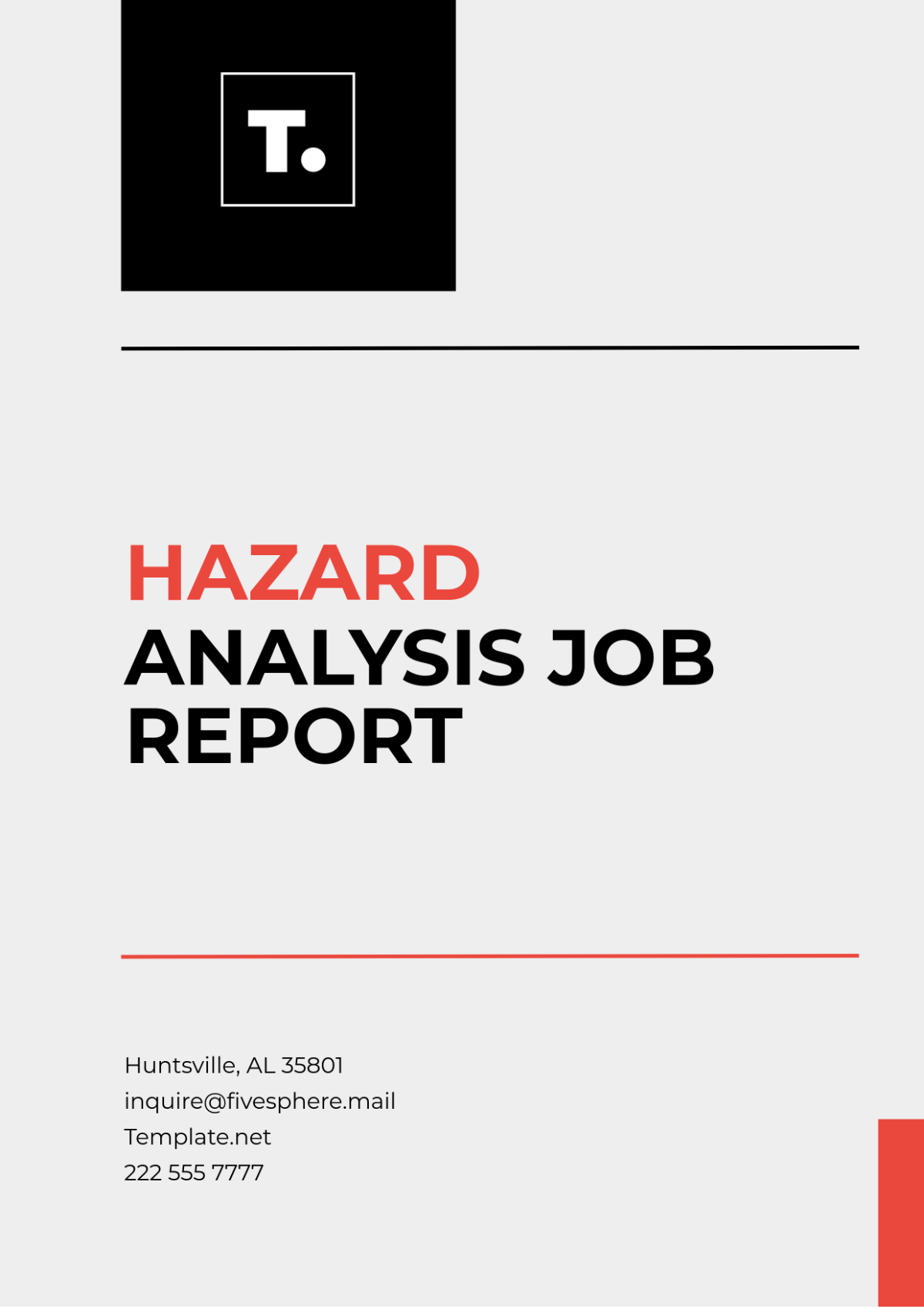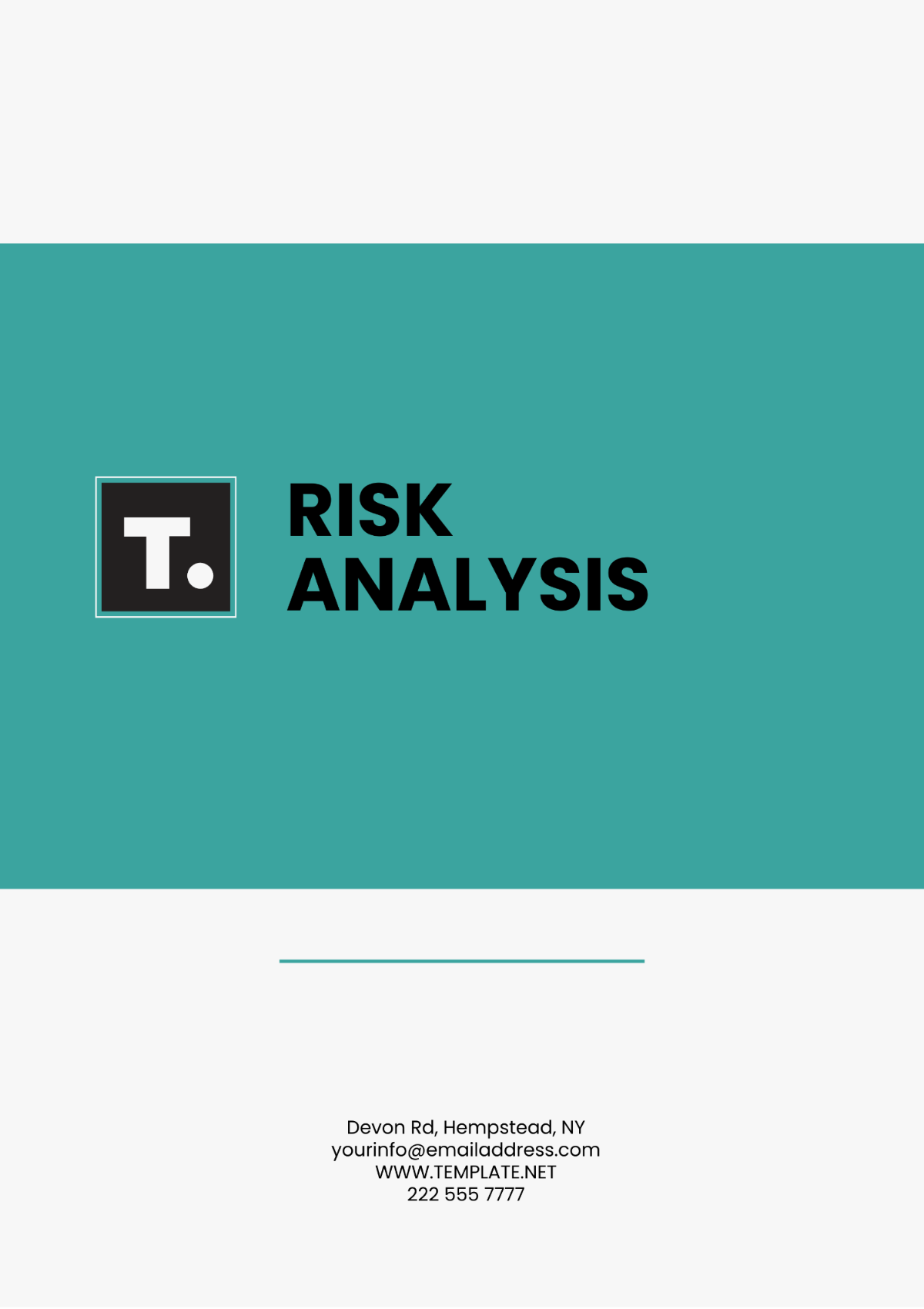Printable Operations Risk Analysis Report
Date: [Insert Date]
Prepared by: [Your Name]
1. Introduction
The Operations Risk Analysis Report provides a comprehensive evaluation of risks associated with operational activities. This document serves as a strategic tool for identifying, assessing, and mitigating potential risks to ensure organizational resilience and efficiency. It is designed for distribution among stakeholders, including management teams, risk management departments, and external audit entities.
2. Objective
The primary objective of this report is to present a structured analysis of operational risks, outline their potential impacts, and propose strategies to mitigate these risks. This report aims to enhance the understanding and awareness of operational risks to facilitate informed decision-making and promote risk-averse operational strategies.
3. Scope
This report encompasses an analysis of various operational processes within the organization and the associated risks. It includes a detailed examination of internal and external factors that can influence operational efficiency and stability. The scope covers risk identification, risk assessment, and risk mitigation strategies.
4. Methodology
The risk analysis follows a structured methodology involving data collection, risk identification, risk assessment, and risk mitigation planning. The process is outlined as follows:
Data Collection: Gathering relevant data from operational reports, stakeholder interviews, and industry benchmarks.
Risk Identification: Recognizing potential risk factors that could impact operations.
Risk Assessment: Evaluating the likelihood and impact of identified risks using qualitative and quantitative measures.
Risk Mitigation: Developing strategies to reduce, transfer, or eliminate identified risks.
Monitoring and Review: Implementing a mechanism to continually monitor risks and review the effectiveness of mitigation strategies.
5. Risk Identification
Risk identification involves recognizing potential threats to operational processes. This step is crucial for understanding the nature of risks and their sources.
Internal Risks
Process Inefficiencies
Resource Allocation Issues
Human Error
Technical Failures
External Risks
Supply Chain Disruptions
Regulatory Changes
Economic Fluctuations
Natural Disasters
6. Risk Assessment
The assessment of risk is performed to prioritize risks based on their likelihood and potential impact.
Risk Factor | Likelihood | Impact | Priority |
|---|---|---|---|
Process Inefficiencies | High | Moderate | High |
Resource Allocation Issues | Moderate | High | Medium |
Supply Chain Disruptions | High | High | High |
Regulatory Changes | Low | Moderate | Low |
7. Risk Mitigation Strategies
Based on the assessment, tailored strategies are developed to mitigate the risks.
A. Reducing Process Inefficiencies
Implement process automation tools.
Conduct regular process audits.
Provide staff training and development programs.
B. Addressing Resource Allocation Issues
Optimize resource planning and allocation.
Introduce flexible workforce arrangements.
Enhance inventory management systems.
C. Mitigating Supply Chain Disruptions
Diversify supplier base to minimize dependency.
Establish contingency plans and alternative routes.
Collaborate with suppliers for risk-sharing arrangements.
D. Navigating Regulatory Changes
Stay informed with industry regulatory updates.
Engage with legal and compliance teams.
Develop adaptive policies and procedures.
8. Monitoring and Review
Continuous monitoring and review mechanisms are essential to ensure the effectiveness of risk mitigation strategies. Regular assessments and audits should be conducted to identify new risks and re-evaluate existing mitigation approaches.
9. Conclusion
This Operations Risk Analysis Report provides a strategic framework for identifying, assessing, and mitigating operational risks. Through effective risk management, the organization can enhance its resilience, ensure operational efficiency, and safeguard its assets. It is recommended that this report be reviewed periodically to keep pace with changing risk landscapes and operational priorities.




